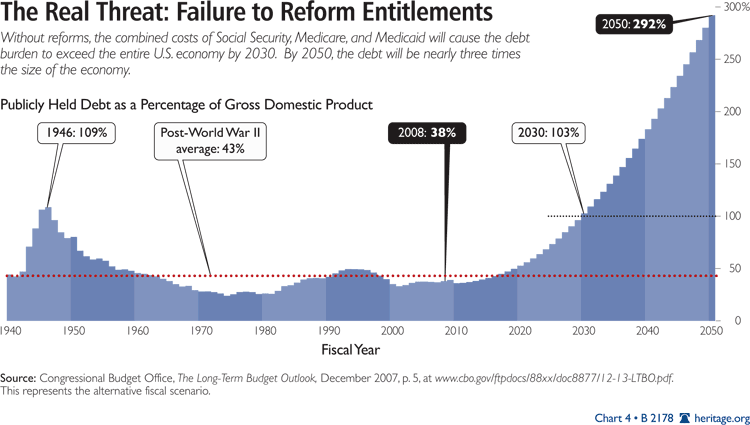TakeAStepBack
Gold Member
- Mar 29, 2011
- 13,935
- 1,742
- 245
Don't be Stupid thinks we can just print print print!
If that were true, why not just do it now and get the party started.
It's amazing to think people do not see a federal default in our future. Sure! this can last forever!!
If that were true, why not just do it now and get the party started.
It's amazing to think people do not see a federal default in our future. Sure! this can last forever!!




